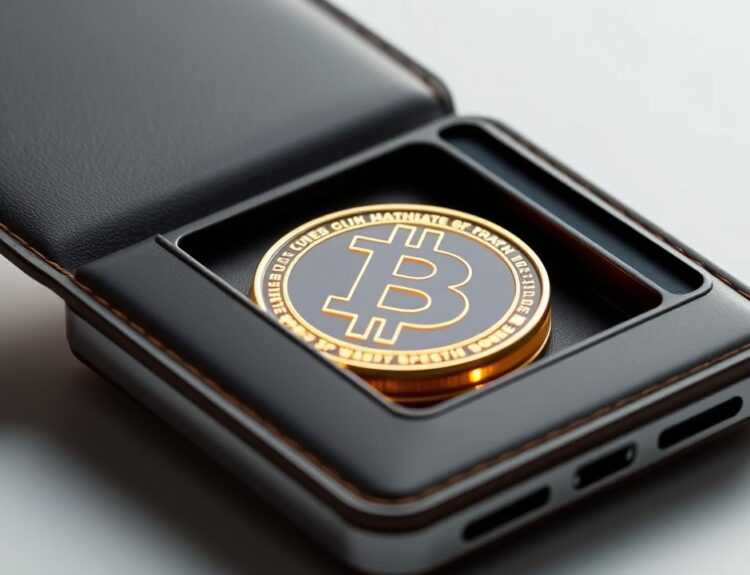“`html
The sanctioned cryptocurrency exchange Garantex may have lost $26 million in frozen Tether (USDT), but another $15 million in crypto assets remains active or quietly dormant. Recent investigations indicate that enforcement efforts may have only addressed part of the issue.
Additional Reserves Uncovered
Weeks after U.S. authorities led the freeze of $26 million in USDT assets tied to the Russian crypto exchange, blockchain analytics firm Global Ledger revealed that over $15 million in reserves across Ethereum, Bitcoin, and BNB Chain networks remain untouched. These assets are either actively moving or sitting in dormant wallets, making them harder to track.
While the initial enforcement action focused on Garantex’s USDT holdings, the exchange reportedly had exposure to a broader portfolio, including Bitcoin (BTC), Ethereum (ETH), and other tokens like ERC-20, BEP-20, and a ruble-pegged stablecoin called A7A5. According to the report, these holdings represent a significant challenge for sanctions enforcement due to their multi-chain presence.
Suspicious Ethereum Activity
Global Ledger highlighted that an Ethereum wallet linked to Garantex became active on March 6, the same day the exchange publicly acknowledged the freeze. Previously dormant, the wallet aggregated 3,265 ETH, valued at approximately $8.6 million. Shortly afterward, the funds started moving through Tornado Cash, a mixing protocol designed to obscure transaction histories.
Between May 22 and June 4, the wallet routed over $2.25 million worth of ETH through Tornado Cash in batches, with 844.99 ETH sent in total. This pattern was described as “coordinated liquidity outflows,” strongly suggesting an effort to launder funds and obfuscate links to Garantex.
Key Ethereum Transactions
- May 30: 206 ETH (~$280,000) mixed via Tornado Cash.
- June 4: 30 ETH sent through the mixer.
- As of June 4: The wallet still held 2,334 ETH (~$6.1 million).
According to Global Ledger, these activities are part of an ongoing effort to bypass sanctions. Alerts continue to monitor fresh outflows from the same wallet.
Bitcoin Movements and Cross-Chain Transfers
Similar patterns were observed with Bitcoin. In early March, Global Ledger identified an aggregation of 19.39 BTC in dormant addresses, which later grew to 30.04 BTC (~$3.17 million). Some of these funds were transferred to the TRON network, known for its low fees and high transaction speeds. A portion of the BTC was subsequently sent to Grinex, a suspected successor to Garantex.
Global Ledger CEO Lex Fisun commented on the strategic advantages of using TRON for such transactions:
“TRON is cheap, liquid, and fast. If your end goal is to swap BTC into stablecoins, bridging straight into the chain that already dominates those flows is the path of least resistance.”
Fisun also noted that transfers on TRON are cost-effective, with fees significantly lower than those on Bitcoin or Ethereum.
BNB Chain: A Strategic Blind Spot
The BNB Chain also played a role in Garantex’s activities. Unlike Ethereum or TRON, BNB Chain does not support Tether, which limits enforcement capabilities. Funds on BNB Chain have remained dormant since March 6, with no significant activity such as burns, swaps, or withdrawals. As of June, an estimated $4 million in assets linked to Garantex remains on the network.
Fisun explained that this creates a unique challenge for enforcement:
“There’s no ‘big red button,’ so enforcement on BNB Chain relies on off-chain actors. Freezing assets on BNB Chain is slower and more uncertain.”
However, its limited share of dollar-pegged stablecoins compared to TRON makes BNB Chain less critical in the broader context of stablecoin transactions.
Challenges in Multi-Chain Enforcement
Global Ledger estimates that at least $15 million in Garantex-linked crypto assets remain outside the reach of U.S. enforcement efforts. This figure excludes potential stealth wallets or newly issued tokens that have not yet been traced.
The report emphasizes a growing challenge in sanctioning illicit activities across multiple blockchain networks. While token-level freezes, such as those imposed on Tether, can be effective on specific chains, they lose effectiveness when entities move assets across chains or into stablecoins issued outside U.S. jurisdiction.
In addition to USDT, Global Ledger tracked movements in USDC. On March 4, over 290,000 USDC was transferred from blocked Ethereum wallets to a major exchange’s deposit address. Smaller holdings may have escaped detection due to their relatively low balances.
These developments highlight the evolving complexity of enforcing crypto sanctions in a multi-chain world. As blockchain technology continues to advance, so does the need for more sophisticated tracking and enforcement measures to close existing loopholes.
“`























